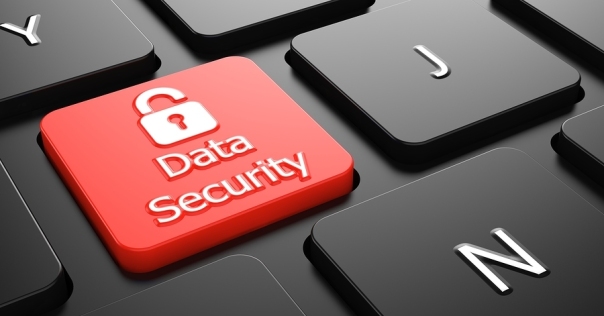
- Conduct a cyber security & data audit. If you don’t know what parts of your business are defenceless or what data you have that needs to be protected, you can’t properly secure it. It is critical that you work with a professional to audit your entire IT infrastructure computers, network, and mobile devices to determine what you need to do to prevent hackers from accessing your network.
- Ensure staff are aware of their vital role in data security. Your staff are your front line of defence when it comes to security. Of course, hackers can access your network remotely and siphon off data without ever stepping in your office. However, attentive staff can ensure that human error which is a big cause of data security breaches is minimalised.
- Use strong passwords and change regularly. Too many of us use simple passwords that are easy for hackers to guess. When we have complicated passwords, a simple attack by a hacker using an automated tool that uses a combination of dictionary words and numbers to crack passwords can’t happen. Don’t write passwords down; try as far as possible to remember commit.
- Encrypt your data. Encryption is a great security tool to use in case your data is stolen and becoming more commonly used nowadays. For example, if your hard disk is stolen or you lose your USB thumb drive, whoever accesses the data won’t be able to read it if it’s encrypted.
- Back up. Security is important, but if your data is not backed up, you may very well lose it. Ensure that your data is properly backed up, and test the backup to ensure that your data can be recovered when you need it.
- Have security policies and review & update them as required. It is one thing to ask employees to work securely, but you must also have clear and simple policies in place for them to adhere to ensuring they are working in a secure environment. Make sure you review these policies after any notable incident and update as required.
- Protect your mobile work force. The explosion of mobile devices, more of your staff are working away from the office and away from the protection of your network security. They are operating “in the open” on your customers’ networks, public networks at coffee shops, or free networks in the park. It is important to ensure that your team’s mobile technology, often connected wirelessly, is as secure as possible.
- Implement a multiple-security-technology solution. Viruses that corrupt data are not the only security threat. Hackers, and their attacks, are more sophisticated than ever, and it is critical to have multiple layers of security technology on all your different devices to secure your data. This multiple security will block attacks on your network and/or alert you to a problem.
